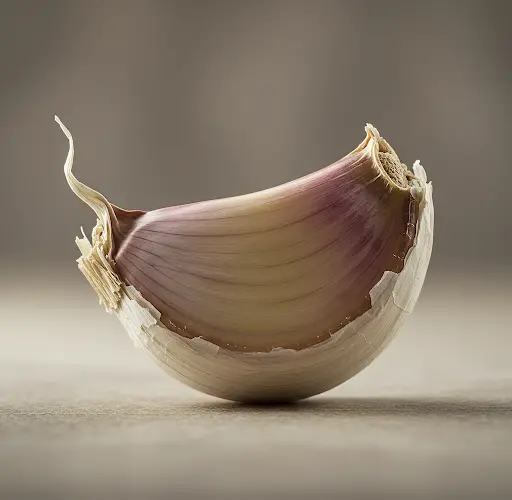How to Use Garlic to Protect and Boost Your Plants
Garlic is a powerful natural remedy that can significantly improve the health and resilience of your plants. It helps combat fungal infections, repels pests, and enhances soil quality, making it a valuable addition to any plant care routine. This article explores the benefits of garlic for plant health and provides two effective methods to incorporate it into your gardening practices.
Why Use Garlic for Plant Care?
Garlic contains sulfur compounds and natural antifungal properties that make it highly effective against plant diseases and pests. If your plants show signs of curling leaves, white or brown spots, small holes, or unusual mold growth on the soil, these could be symptoms of fungal infections or pest infestations. Garlic can help address these issues safely and organically.
Additionally, garlic is packed with nutrients that promote plant growth and improve overall soil health. Using garlic in your garden can prevent the spread of harmful microorganisms and protect plants from potential damage.
How to Make a Garlic Solution for Your Plants
One of the easiest ways to use garlic for plant care is by making a simple garlic-based spray. This natural pesticide and fungicide can be applied to both the leaves and soil of your plants.
Ingredients:
- 3 cloves of garlic (with skin, as it contains beneficial nutrients)
- 300 ml of water
- 3 drops of coconut-based dish soap (mild and plant-safe)
Instructions:
- Crush or finely chop the garlic cloves to release their natural compounds.
- Mix the garlic with 300 ml of water in a container.
- Let the mixture sit for three days to allow the water to absorb the beneficial properties of the garlic.
- After three days, strain the mixture using a fine mesh or coffee filter to remove solid particles.
- Add three drops of coconut-based dish soap. This helps the solution adhere to plant leaves and improves its effectiveness.
- Stir well to combine the ingredients.
How to Apply the Garlic Spray
Method 1: Spraying on Leaves
Pour the prepared garlic solution into a spray bottle and mist it over your plant’s leaves. This will:
- Repel harmful insects due to the strong garlic scent.
- Help prevent fungal growth on leaves.
- Provide a protective barrier against pests and diseases.
Apply the spray once a week or after rain to maintain its effectiveness. The strong garlic scent will fade after a short time, but its protective properties will remain.
Method 2: Applying to the Soil
Pour the garlic solution directly onto the soil around your plants. This method helps:
- Improve soil drainage.
- Prevent fungal infections and mold growth in the soil.
- Deter soil-dwelling pests from harming plant roots.
Using garlic in the soil is completely safe for edible plants, making it an excellent natural solution for gardens and indoor plants alike.
Alternative Method: Using Whole Garlic Cloves in the Soil
Another effective way to utilize garlic is by placing whole garlic cloves directly in the soil near your plants. This method provides long-term benefits by gradually releasing garlic’s antifungal and pest-repellent properties into the surrounding environment.
Instructions:
- Take three whole garlic cloves and bury them around the base of your plant.
- Over time, the garlic will decompose, enriching the soil and preventing fungal development.
- In some cases, the cloves may sprout, but this does not harm your plants. You can either let them grow or remove them if necessary.
Additional Benefits of Garlic for Plants
- Pest Repellent: The strong odor of garlic naturally repels common pests like aphids, mites, and caterpillars.
- Soil Enrichment: Garlic enhances microbial activity in the soil, promoting healthier plant roots.
- Fungal Prevention: By preventing mold and mildew growth, garlic keeps plants healthy and disease-free.
Conclusion
Garlic is a simple yet highly effective tool for plant care. Whether used as a spray or added directly to the soil, it offers natural protection against pests and diseases while improving plant growth. By incorporating garlic into your gardening routine, you can ensure healthier, more resilient plants without relying on chemical pesticides or fertilizers.



